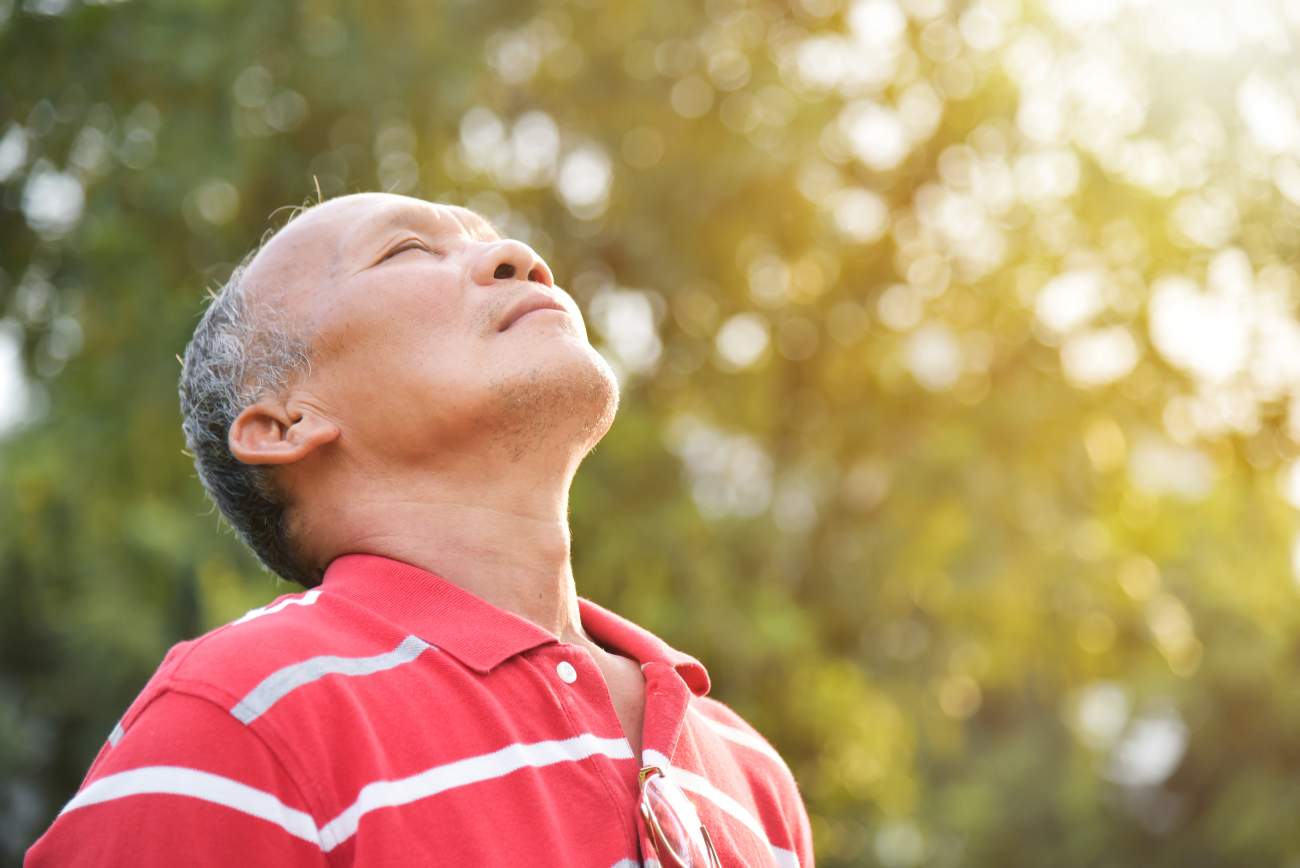
Weather-Specific Risks to Understand
Different conditions affect COPD in distinct ways:
- Wildfires & poor air quality: Smoke and particulate matter (PM2.5) penetrate deep into lungs, causing inflammation and increased mucus production. Even low levels can trigger exacerbations.
- Winter cold snaps: Frigid air dries airways and may cause bronchospasms, making breathing feel labored. Wind chill can worsen these effects.
- Summer heatwaves: High humidity reduces air’s oxygen-carrying capacity, while ozone pollution (common in heat) irritates sensitive lungs.
- Storm-related outages: Hurricanes or heavy rains can cut power, leaving oxygen concentrators or nebulizers without electricity.
Building Awareness: Daily Habits
Staying informed forms the first line of defense:
- Monitor dual alerts: Track both weather forecasts and air quality indices (AQI). The EPA’s AQI scale (0–500) helps gauge risk—values over 100 may harm sensitive groups.
- Map personal triggers: Keep a journal noting which conditions (e.g., AQI over 150, humidity above 70%) worsen symptoms. This helps tailor daily plans.
- Follow medical guidance: Ask your provider about weather-specific adjustments, such as using a peak flow meter more often during high-risk periods or adjusting inhaler use.
- Leverage community resources: Local health departments often publish regional guides—like tips for desert dust storms or coastal humidity spikes.
Preparedness: Beyond the Basics
Practical steps to reinforce safety:
- Medication stockpiles: Store a 10-day supply of inhalers, oral meds, and nebulizer solutions in a waterproof container. Include a list of dosages and expiration dates.
- Oxygen equipment backups: For concentrators, have 2–3 fully charged batteries (check manufacturer specs for runtime). Label equipment with “Medical Device” stickers for emergencies.
- Home environment tweaks: Install weatherstripping to seal drafts, use dehumidifiers in humid climates, and keep air purifiers (with HEPA filters) running during poor air quality.
- Emergency contacts list: Include your doctor, local COPD support group, and 24/7 respiratory hotlines. Share a copy with a neighbor or family member.
Emergency Plans for Severe Events
When warnings are issued, structured action reduces stress:
- Heatwave protocol: Stay indoors during peak heat (10 AM–4 PM). Use fans to circulate air, and place a bowl of ice in front of them to cool the room without lowering AC excessively.
- Wildfire response: Seal windows with weatherstripping or plastic sheeting. Run air purifiers on high, and avoid activities that stir dust (e.g., vacuuming).
- Power outage prep: Have a battery-powered radio to track updates. For oxygen users, a portable generator (safely placed outdoors) can power ctor (safely placed outdoors) can power concentrators during long outages.
- Evacuation checklist: If leaving home, pack meds, backup oxygen supplies, a change of clothes, and copies of medical records in a grab-and-go bag.
